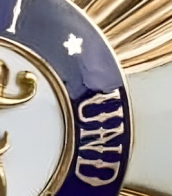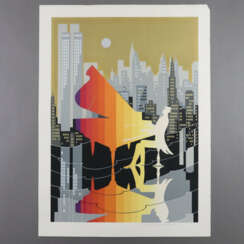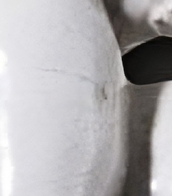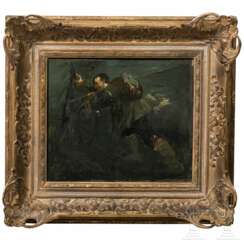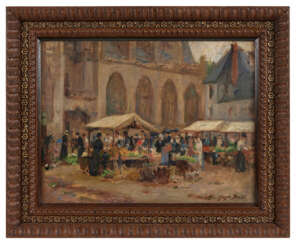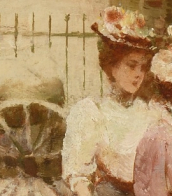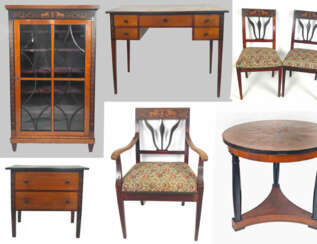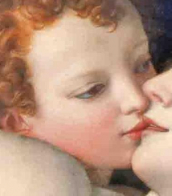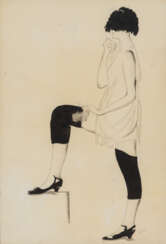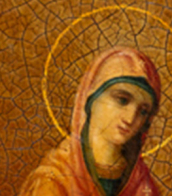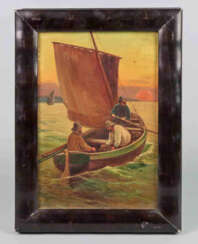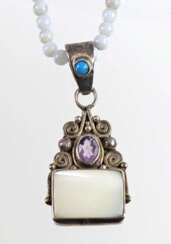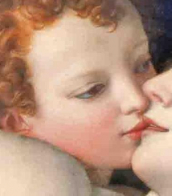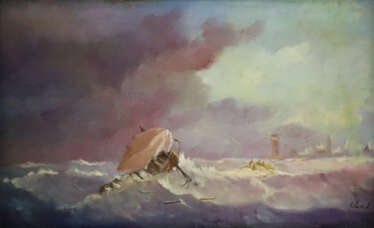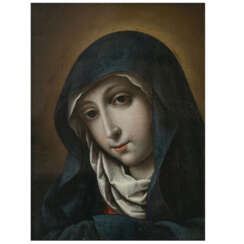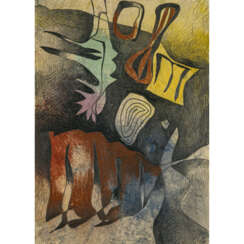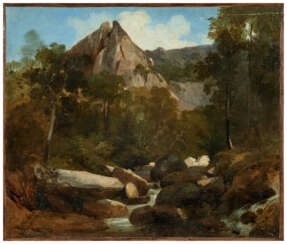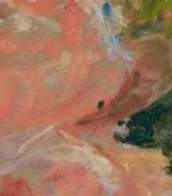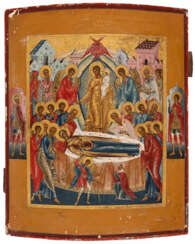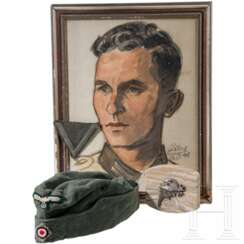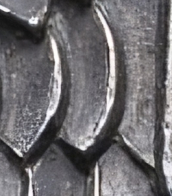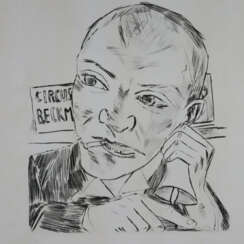203 Items by auctions and galleries:
5 x 36
Lot 521 Imi Knoebel. Anima Mundi 41-5
Imi Knoebel (1940) 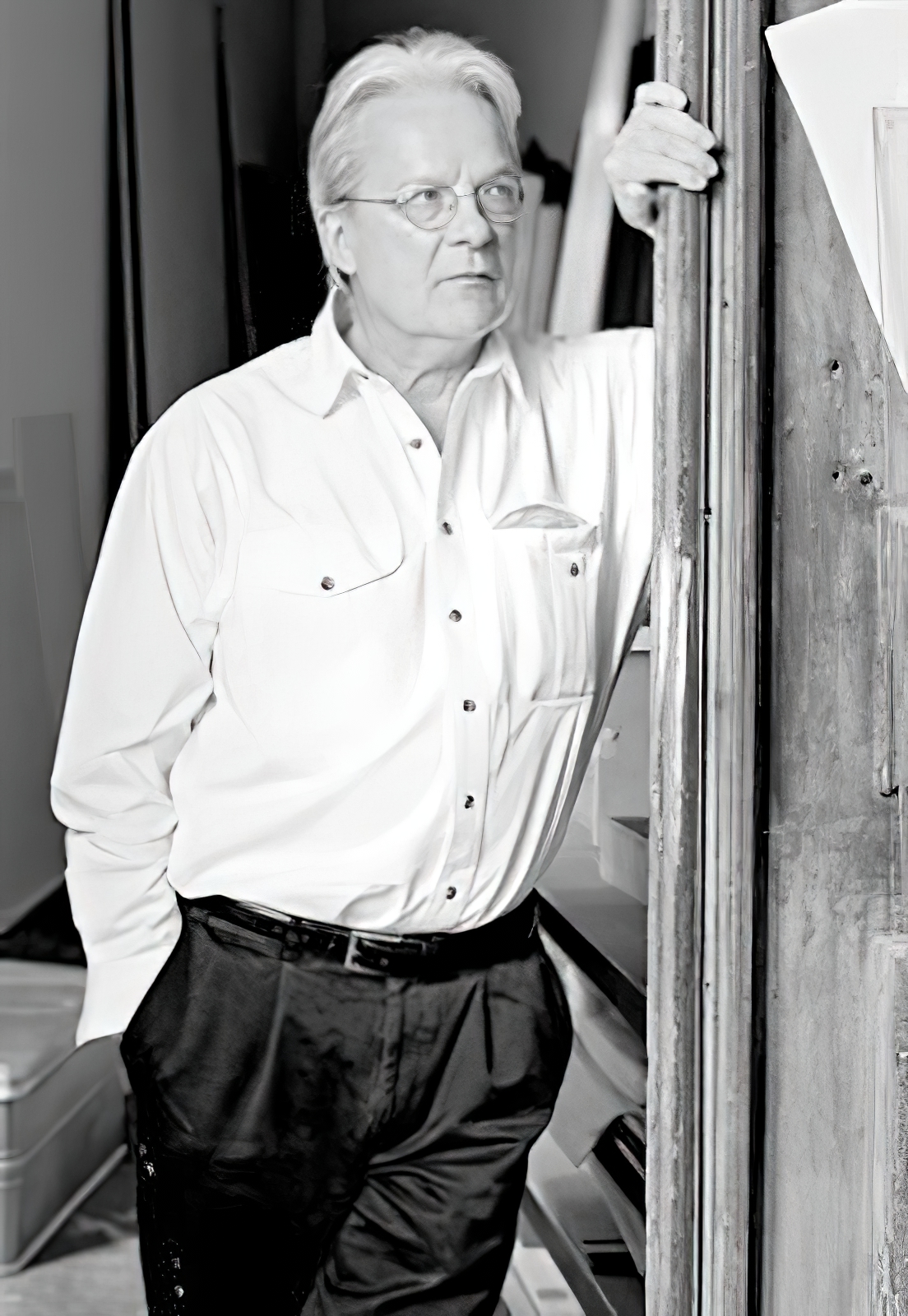 A541: Evening Sale
A541: Evening Sale 

Imi Knoebel
31.12.1940
Germany
Imi Knoebel (born Klaus Wolf Knoebel) is a German artist. Knoebel is known for his minimalist, abstract painting and sculpture. The "Messerschnitt" or "knife cuts," are a recurring technique he employs, along with his regular use of the primary colors, red, yellow and blue. Knoebel lives and works in Düsseldorf.

VAN HAM Kunstauktionen GmbH
A541: Evening Sale
Date: 03.12.2025 18:00 UTC +01:00
Number of lots in the catalog: 519
Lot 423 Theodor Werner
Theodor Werner (1886 - 1969) 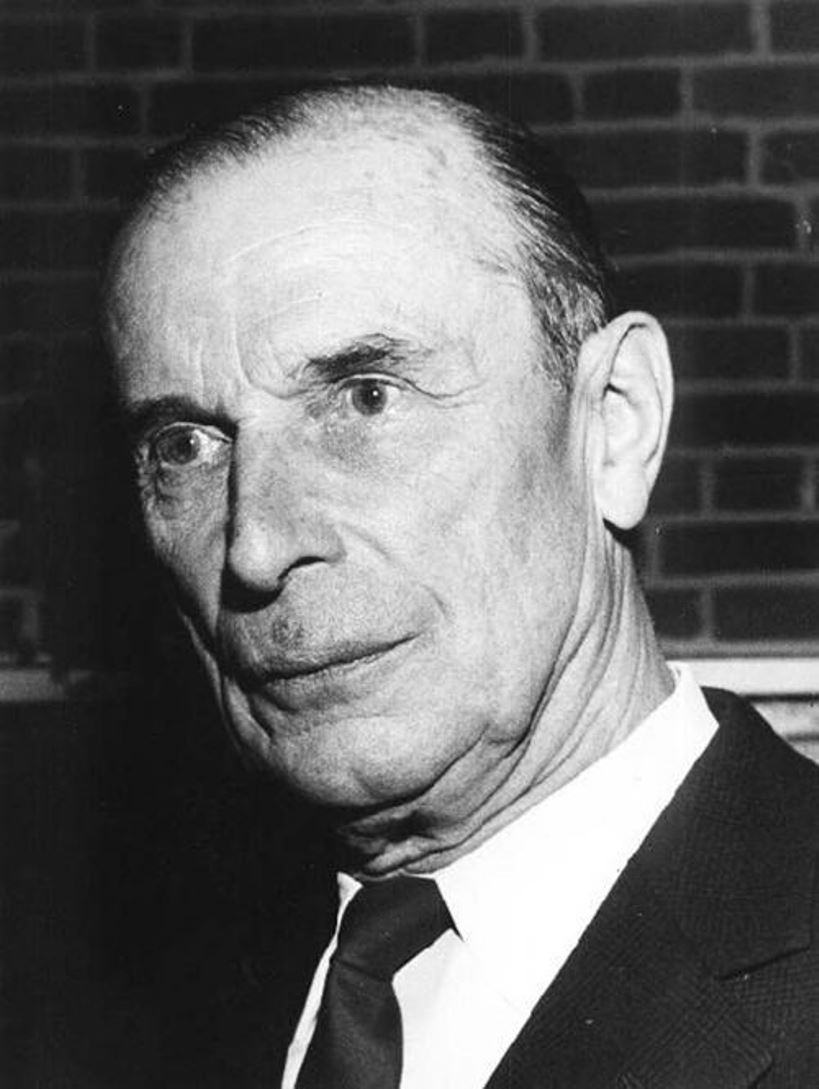 A419: Kunst und Antiquitäten Winter 2025
A419: Kunst und Antiquitäten Winter 2025 

Theodor Werner
14.02.1886 - 15.01.1969
Germany
Theodor Werner was a German painter.

Kunstauktionshaus Neumeister
A419: Kunst und Antiquitäten Winter 2025
Date: 03.12.2025 14:00 UTC +01:00
Number of lots in the catalog: 356
Lot 4434 Erich Heckel. Der Spaziergang
Erich Heckel (1883 - 1970) 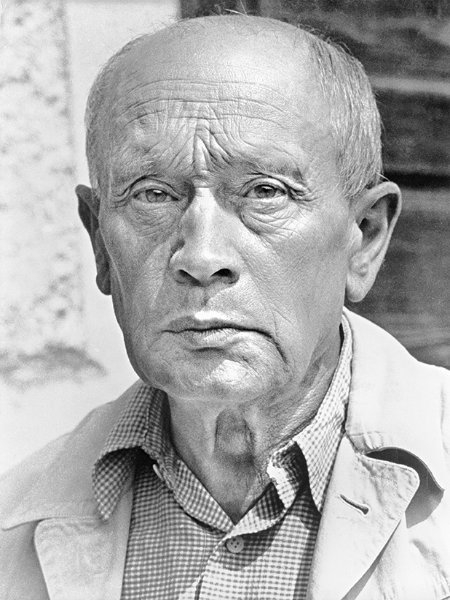 A931: Moderne Kunst
A931: Moderne Kunst 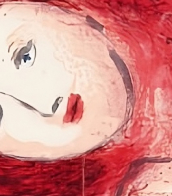

Erich Heckel
31.07.1883 - 27.01.1970
Germany
Erich Heckel was a German painter and printmaker, and a founding member of the group Die Brücke ("The Bridge") which existed 1905–1913. His work was part of the art competitions at the 1928 Summer Olympics and the 1932 Summer Olympics.

KARL & FABER Kunstauktionen
A931: Moderne Kunst
Date: 05.12.2025 18:00 UTC +01:00
Number of lots in the catalog: 96


